
 Katie Wood
Freediver, Writer, Explorer
Katie Wood
Freediver, Writer, Explorer

 Katie Wood
Freediver, Writer, Explorer
Katie Wood
Freediver, Writer, Explorer
In the often challenging landscape of mental health, finding effective coping mechanisms is crucial. One avenue gaining increasing recognition is the transformative power of creation in battling depression. Engaging in creative processes not only offers a welcome escape but also serves as a therapeutic tool, empowering individuals to navigate the tumultuous seas of their emotions.
Depression often wraps its tendrils around the core of one's emotions, rendering the articulation of feelings a daunting task. Verbal expression, laden with the weight of despair, can feel like an insurmountable challenge. This is where the transformative power of creation steps in, offering a diverse and dynamic palette for unspoken emotions.
Visual art becomes a sanctuary for emotions that defy words. The strokes of a paintbrush, the blending of colors on a canvas, or the molding of clay can encapsulate the depth of feelings that struggle to find verbal form. In this visual realm, individuals battling depression can externalize their inner turmoil, creating tangible representations of their emotional landscapes.
For those who find solace in words, writing becomes a sanctuary where emotions flow freely. Whether through poetry, journaling, or storytelling, the written word becomes a mirror reflecting the complexities of one's emotional state. Writing offers a cathartic release, allowing individuals to explore the nuances of their feelings and confront the shadows that linger in the recesses of their minds.
The power of music lies in its ability to transcend verbal boundaries. Melodies and rhythms can convey a spectrum of emotions, from the darkest despair to the brightest hope. Creating music allows individuals to channel their feelings into notes and lyrics, transforming intangible emotions into a tangible, audible form that resonates with others who may be navigating similar emotional landscapes.
The act of crafting—whether it's knitting, woodworking, or sculpting—provides a tactile language for emotions. Hands engaged in the rhythmic dance of creation can give form to emotions that defy verbalization. The tangible output, be it a piece of furniture, a handmade scarf, or a sculpted figure, becomes a testament to the emotions woven into each deliberate movement.
Capturing moments through the lens of a camera can be a powerful means of expression. Photography enables individuals to tell stories without uttering a single word. Each photograph becomes a visual narrative, encapsulating emotions, memories, and experiences that may be challenging to convey verbally.
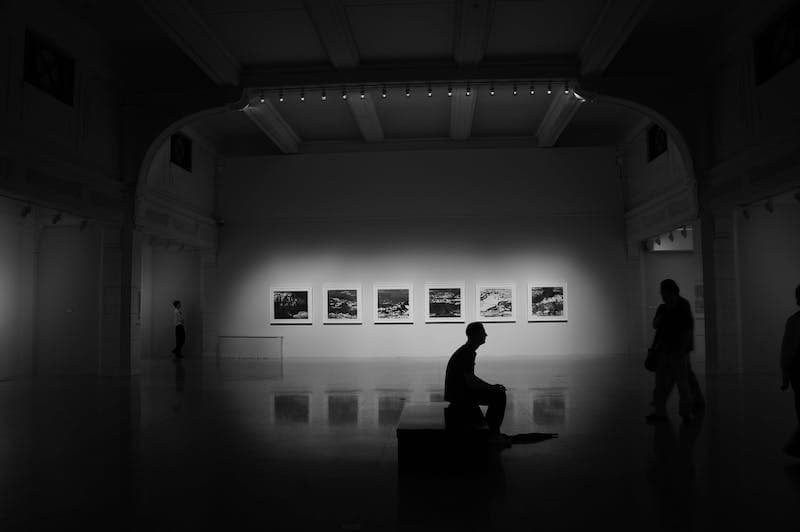
Depression often casts a heavy shadow on one's sense of purpose, leaving individuals adrift in a sea of desolation. Engaging in the creative process becomes a guiding light, offering a compass to navigate the depths of despair and providing a pathway to rediscover a sense of purpose and achievement.
In the throes of depression, even the simplest tasks can seem insurmountable. The creative process introduces a series of manageable goals. Whether it's completing a painting, finishing a short story, or learning a musical instrument, each step becomes a triumph, rebuilding the shattered sense of achievement. These small victories serve as beacons of light, dispelling the darkness that often accompanies depression.
The journey of creation is a continuous process of learning and growth. Engaging in creative activities allows individuals to develop new skills and hone existing ones. This pursuit of mastery not only instills a sense of accomplishment but also fosters a belief in one's ability to overcome challenges. The ongoing journey of skill development becomes a testament to resilience and a powerful antidote to the stagnation that can pervade the landscape of depression.
Creating art, whether visual, literary, or musical, provides an avenue for individuals to craft their unique identities. The act of expression becomes a declaration of existence, a bold assertion of selfhood in the face of depression's attempts to erode one's sense of identity. Through the creative process, individuals can redefine themselves, emphasizing their strengths and reclaiming agency over their narrative.
Depression often wraps individuals in a heavy cloak of hopelessness, making every step feel burdensome. Engaging in the creative process lifts this weight, if only temporarily. The moments of creation become a reprieve from the gravity of depression, allowing individuals to soar above the clouds of despair and experience a renewed sense of lightness and freedom.
The fruits of creative labor endure beyond the moment of creation. Completed paintings, written works, musical compositions, or crafted pieces become a tangible legacy of accomplishment. These artifacts not only serve as reminders of personal triumphs but also contribute to a lasting sense of purpose, as they can be shared with others, inspiring and resonating with those who may be on similar journeys.
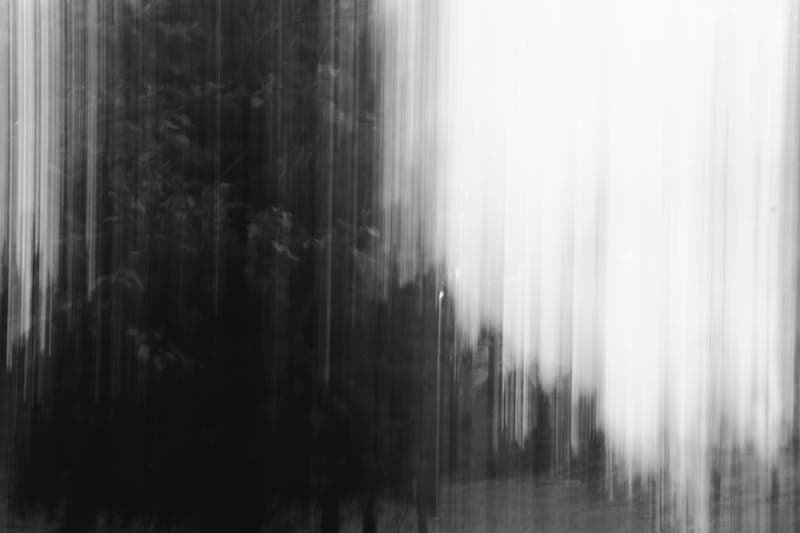
Depression often imprisons individuals in a relentless cycle of past regrets and future anxieties, making the present moment an elusive concept. Engaging in the creative process becomes a powerful tool for cultivating mindfulness and fostering present-moment awareness, offering a respite from the tumultuous thoughts that characterize depression.
The act of creation demands a deep and immersive focus on the task at hand. Whether it's painting, writing, playing an instrument, or engaging in any other creative pursuit, individuals find themselves absorbed in the present moment. This immersive focus becomes a sanctuary, temporarily shielding them from the shadows of depression by anchoring their attention to the here and now.
Creative endeavors often engage multiple senses, bringing individuals into direct contact with the tangible world. The texture of paint on a canvas, the rhythm of typing on a keyboard, or the resonance of a musical note all provide sensory experiences that ground individuals in the present. By embracing these sensory elements, the creative process becomes a sensorial journey, encouraging individuals to fully experience and appreciate the richness of the moment.
Many creative activities, such as meditation, yoga, or even the rhythmic movements involved in crafting, incorporate intentional breathing and relaxation techniques. These practices not only enhance the creative experience but also serve as tools for cultivating mindfulness. Mindful breathing becomes a bridge between the external creative expression and the internal landscape, offering moments of stillness and tranquility in the midst of the storm of depression.
The creative process encourages individuals to observe their thoughts and emotions without judgment. In this non-critical space, individuals can witness their feelings and reactions as they arise during the act of creation. This non-judgmental observation becomes a practice in self-compassion, allowing individuals to acknowledge their emotions without being overwhelmed by them.
Engaging in the creative process often leads to a state of flow, where individuals become completely absorbed in the task at hand. In this state, time seems to lose its grip, and the past and future fade into the background. The timeless quality of the creative flow offers a respite from the relentless ticking of the clock, allowing individuals to exist fully in the present moment.
Creativity is a holistic experience that involves the integration of mind and body. Whether it's the physical movements of painting, the coordination required for playing a musical instrument, or the intricate handiwork of crafting, the creative process connects individuals with the physicality of the present moment. This mind-body integration enhances the overall sense of mindfulness.
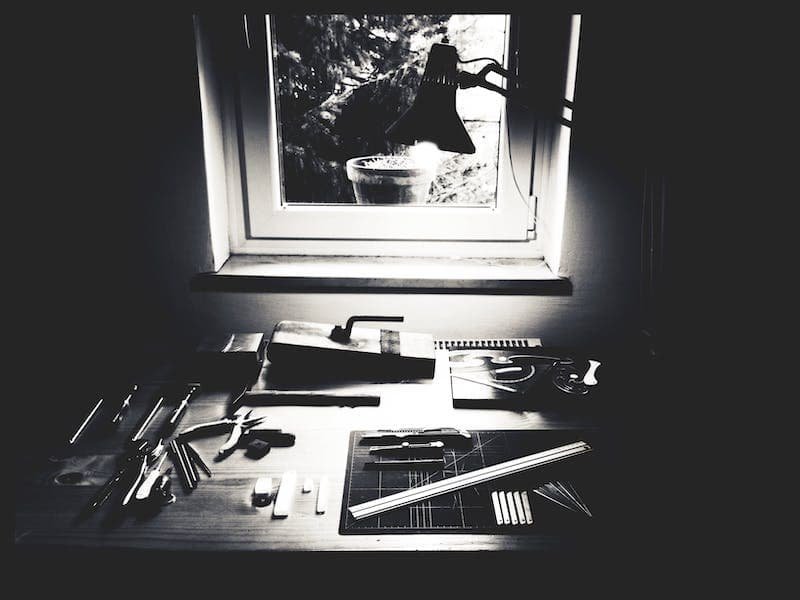
Depression often casts a distorted lens on self-perception, fostering a negative self-image that can be pervasive and debilitating. Engaging in the creative process becomes a transformative journey, offering a pathway to rebuild and fortify a positive self-image, ultimately empowering individuals to stand tall against the shadows of depression.
The creative process is inherently imperfect, and therein lies its beauty. Whether in the strokes of a brush, the words on a page, or the notes in a melody, imperfections are an integral part of creation. Embracing these imperfections becomes a powerful practice in self-acceptance. Through the act of creating, individuals learn to see beauty in the flaws, fostering a shift towards a more forgiving and positive self-perception.
Creative pursuits provide a platform for personal expression. The unique voice that emerges through one's artistic endeavors becomes a celebration of individuality. By expressing themselves authentically, individuals affirm their worth and uniqueness. This celebration of personal expression serves as a reminder that each person has something valuable and distinct to offer to the world, countering the negative self-talk that often accompanies depression.
The completion of a creative project is a tangible achievement, a testament to one's capabilities and commitment. Whether it's finishing a painting, writing a poem, or composing a piece of music, each accomplishment contributes to the construction of a positive self-image. Recognizing and celebrating these creative achievements instills a sense of pride and self-worth, gradually replacing the self-doubt that may have taken root in the fertile grounds of depression.
Engaging in creative pursuits often involves sharing one's work with others. Positive feedback and validation from peers, mentors, or even the broader creative community can be a powerful antidote to the negative self-talk that plagues those battling depression. Constructive feedback becomes a source of encouragement, fostering a sense of competence and reinforcing a positive self-image.
The creative process invites individuals to explore their inner selves, offering a unique opportunity for self-reflection. Through the act of creation, individuals can uncover hidden strengths, resilience, and untapped potential. This transformative self-discovery becomes a cornerstone for building a positive self-image, as individuals witness their own growth and capacity for change.
Depression often hijacks personal narratives, weaving a story of despair and hopelessness. Engaging in the creative process allows individuals to reclaim control over their narratives. Through art, writing, or music, they can reshape their stories, emphasizing resilience, triumphs, and moments of beauty. This intentional narrative reconstruction becomes a powerful tool for fostering a positive self-image.
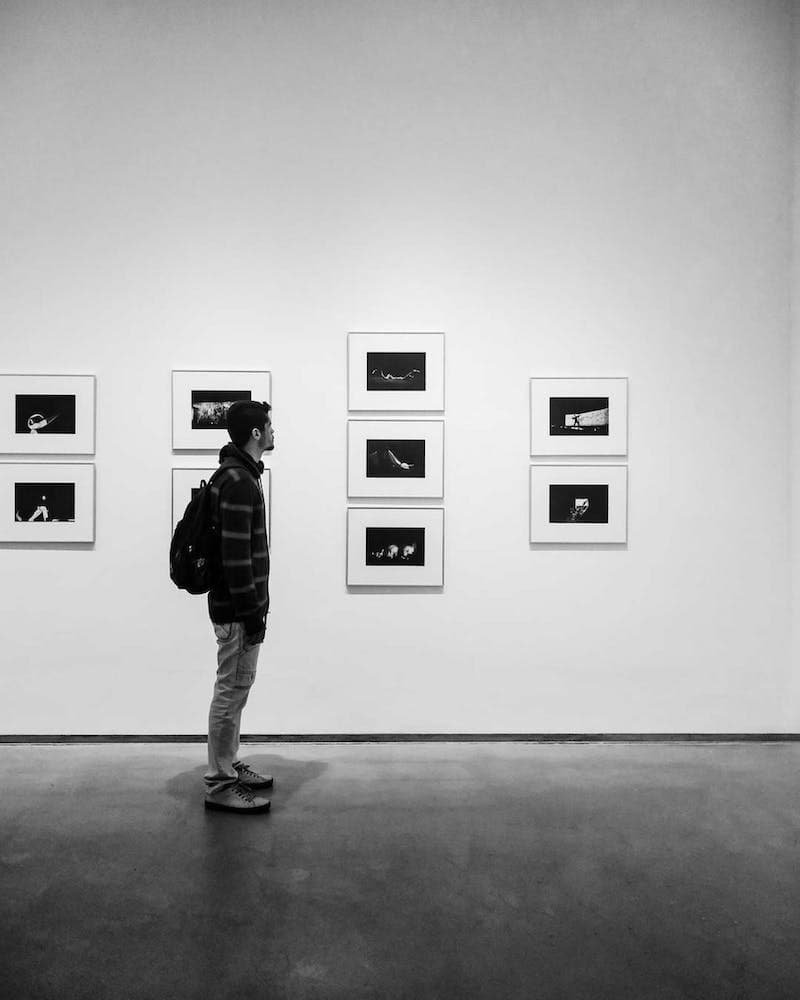
Depression often enforces a sense of isolation, erecting barriers that hinder meaningful social connections. Engaging in the creative process becomes a bridge, connecting individuals with a community of like-minded souls. Through shared artistic pursuits, individuals not only find solace in the act of creation but also forge genuine connections, breaking the chains of isolation and fostering a sense of belonging.
Creative activities often thrive in communal spaces. Joining art classes, writing groups, or music ensembles provides individuals with the opportunity to connect with others who share similar passions. In these creative circles, bonds are forged through a mutual love for artistic expression, creating a supportive environment where individuals can openly share their struggles and triumphs with like-minded companions.
Collaborative creative projects offer a unique avenue for social connection. Whether it's working on a mural, co-writing a story, or participating in a musical ensemble, the shared vision and joint effort create a sense of camaraderie. Through collaboration, individuals not only contribute to a collective creation but also develop a shared language that transcends the limitations of verbal communication, fostering deeper connections.
Participating in artistic showcases or exhibitions provides individuals with the opportunity to share their creations with a broader audience. These events serve as communal gatherings, where creators can engage with a diverse audience, receive feedback, and connect with fellow artists. The shared experience of presenting work in a public setting becomes a catalyst for forming connections and establishing a sense of community.
The digital age has given rise to a plethora of online platforms dedicated to creative pursuits. Joining online communities allows individuals to connect with like-minded people from around the world. Whether through forums, social media groups, or collaborative projects hosted online, these virtual spaces provide a sense of belonging and support, transcending geographical boundaries and offering a lifeline to those who may be isolated physically.
Creative workshops and retreats provide immersive experiences where individuals can delve deeply into their chosen artistic endeavors alongside others. The shared learning, exploration, and retreat into a creative sanctuary foster connections on a profound level. The bonds forged in these settings often extend beyond the workshop, creating lasting connections that endure even after the brushes are cleaned, the instruments are packed, or the pens are put away.
In creative communities, individuals often find a unique form of peer support. Fellow creators understand the highs and lows of the creative process and can empathize with the emotional rollercoaster that often accompanies it. This shared understanding creates a foundation for genuine connections, as individuals feel seen and accepted by those who comprehend the intricate dance of emotions involved in artistic expression.
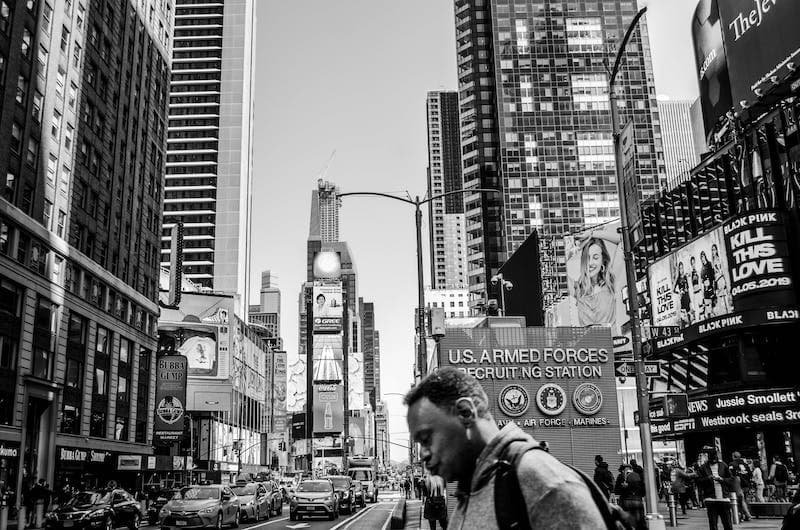
In the realm of creativity, individuals grappling with depression find not only an escape but also a profound means of catharsis and healing. Engaging in the creative process becomes a transformative journey, allowing individuals to confront and release the emotional burdens that accompany depression, ultimately paving the way for healing and renewal.
Depression often shrouds emotions in a cloak of silence, making it challenging to articulate the depths of one's inner struggles. Creative expression, whether through art, writing, or music, becomes a vessel for unveiling the unspoken. The process of externalizing these emotions onto a canvas, through words, or in a musical composition serves as a cathartic release, allowing individuals to confront and articulate what has long lingered in the shadows.
The act of creating is an emotional journey, and the resulting artwork often becomes a mirror reflecting the artist's inner landscape. Through the intentional selection of colors, words, or melodies, individuals infuse their creations with the raw emotions they grapple with. The emotional resonance embedded in the artistic creation becomes a testament to the cathartic power of the creative process, providing a tangible representation of the healing journey.
Creative expression allows individuals to symbolically transform their pain into something tangible and external. Whether it's shaping clay, weaving textiles, or sculpting, the physical act of transformation becomes a metaphorical representation of the internal metamorphosis occurring within. This symbolic process contributes to a sense of agency, as individuals actively participate in shaping their narrative and overcoming the inertia of depression.
The creative process invites individuals to explore the coexistence of pain and beauty. Through the interplay of light and shadow, dissonance and harmony, or chaos and order, the artwork becomes a reflection of life's complexities. This integration of pain and beauty becomes a source of catharsis, as individuals acknowledge the dualities within themselves and find a harmonious balance in the creative act.
Depression often hijacks personal narratives, weaving a story dominated by despair and hopelessness. Engaging in the creative process allows individuals to reclaim control over their narratives. Through art, writing, or music, they can reshape their stories, emphasizing resilience, triumphs, and moments of beauty. This intentional narrative reconstruction becomes a powerful tool for fostering a sense of agency and healing.
Depression can manifest as a heavy burden of pent-up energy, often manifesting as restlessness or lethargy. Engaging in creative activities becomes a channel for releasing this energy constructively. Whether it's the vigorous strokes of a paintbrush, the rhythmic typing of words, or the expressive movements involved in dance, the physical release of energy contributes to a sense of catharsis, leaving individuals feeling lighter and more liberated.
In the crucible of creativity, individuals battling depression unearth a transformative force that goes beyond mere escapism. The cathartic journey of creative expression becomes a powerful tool for confronting, processing, and ultimately healing from the emotional wounds of depression. Through the act of creation, individuals embark on a path of self-discovery, resilience, and renewal, finding solace in the transformative embrace of artistic catharsis.
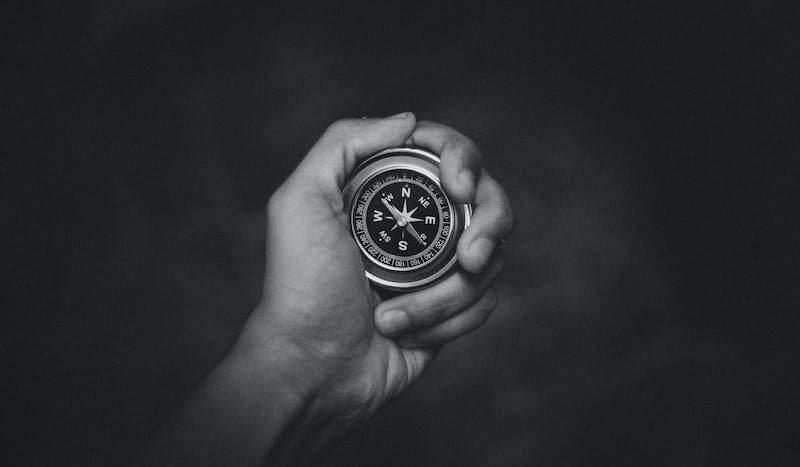
Filmmaker Daan Verhoeven recently shot a short film inspired by his battle with depression. In his own words, "The idea for this video came from the realization that, after years of struggling with depression, what helped me the most was creating things. Of course I also have to make sure I exercise and eat healthy, but once I combined them all, I had a much better handle on how dark my moods get. And when I discussed that with friends, it turned out this was pretty universal. They might have different creative outlets than my photos and videos, but they all found that making something, anything, be it a new business or a new skill or a book, was vital to them feeling better. One of those friends is Sofia Gomez who in the last couple of years has not only found a whole new way to approach her sport, but she also set up a freediving school in Dominica, creating new opportunities for people to learn and stimulating the local economy. Plus she makes perfect bubble rings, which I thought would be a good way to visually explain the idea of how something we create grows and then in turn, helps to create us. How your changing perspective can guide you to not just see things in a new way, but make new things as well".